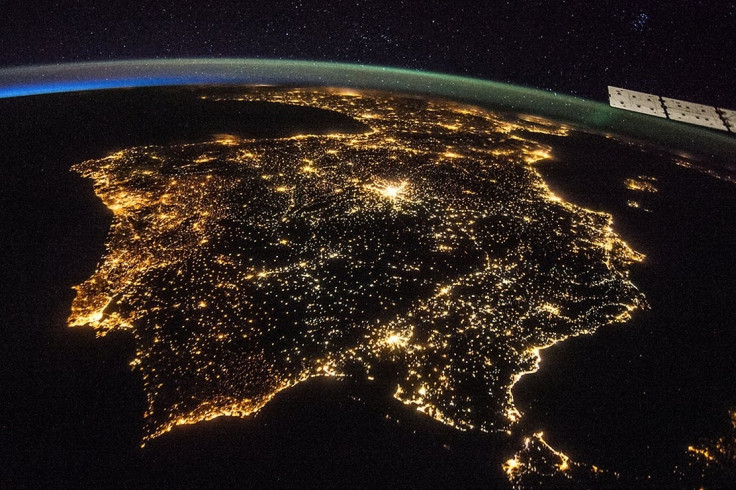Light pollution: Energy-saving LEDs are making night skies brighter than ever in several countries
Instead of yielding expected energy savings, the "lighting revolution" is destroying the night skies.

Using a series of satellite-based sensors, an international team of scientists has determined that the use of artificial lightings such as LEDs, OLEDs, and PLEDs has increased light pollution significantly.
The transition from conventional lighting to solid-state lights or the whole "lighting revolution" thing started due to the major energy saving benefits that come with these bulbs. However, as the study, published in Science Advances, notes, instead of yielding expected energy savings, this revolution is destroying the night skies, which are now brighter than ever before.
To be exact, this owes to what the researchers call a "rebound effect". Due to energy and cost-saving benefits of these artificial lighting, more and more people are switching to artificial lights across the world, increasing outdoor lighting on a global scale.
This increase might not sound scary in the first place, but it could have serious impacts, particularly on plants, animals, and microorganisms that thrive in the night time. As for humans, the lighting could affect our body clocks, leading to problems like depression, diabetes, and cancer.
"We'll light something that we didn't light before, like a bicycle path through a park or a section of highway leading outside of town that in the past wasn't lit," says Chris Kyba, one of the authors of the study. "And so all of those new uses of light offset, to some extent, the savings that you had."
The researchers used data captured by Visible/Infrared Imager Radiometer Suite (VIIRS) instrument on Suomi NPP satellite. Then, filtered the data to check night brightness for the month of October between 2012 and 2016.
As a result, the team found that the brightness of artificially lit outdoor areas grew by 2.2% every year, with total radiance increasing by 1.8% per year. During this period, night illumination increased by 150% or more in some 20 countries, 110-150% in 59 countries, while just 16 countries witnessed a decrease and 39 remained stable.

To be specific, South America, Asia, and Africa are the ones witnessing an increase, while war-torn zones like Syria and Yemen are subject to low illumination. The stable ones, on the other side, are those developed nations that are already perfectly lit such as, the United States, Netherlands, Italy, and Spain.
It is also worth noting here that the actual situation might be much worse than the data shows. The instrument used for capturing the data for this study couldn't read low-wavelength blue light emitted by many LEDs across the globe.
However, according to experts, the situation of light pollution could be controlled by using lower intensity lights and amber LEDs rather than blue or violet (most harmful to humans). Turning off lights while leaving an area might also be a contributing factor.





